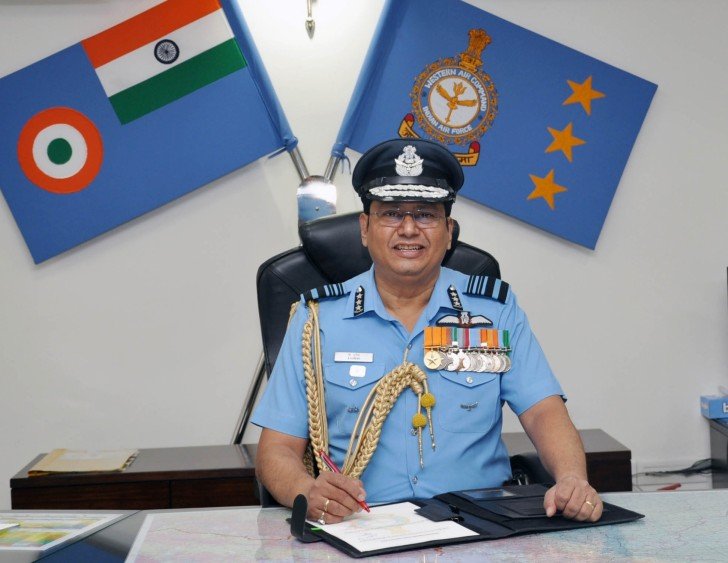Headlines
Air Marshal Suresh visits Halwara station

New Delhi, June 3 Amid the ongoing standoff at the Line of Actual Control with China in eastern Ladakh, Air Marshal B. Suresh, Air Officer Commanding-in-Chief of Western Air Command visited the air force station at Halwara in Punjab to assess the operational preparedness on Wednesday. Halwara is the base station of frontline fighter jets Sukhoi 30 MKIs.
Air Commodore A. Bhadra, Air Officer Commanding, Air Force Station Halwara, received Air Marshal Suresh where he inspected vital installations and assessed operational preparedness.
"He reviewed all measures taken against COVID-19 pandemic," Indian Air Force said in a statement.
Air Marshal Suresh said there are developing security threats along with the pandemic threat, and emphasised the importance of ensuring operational capability through diligent planning and utilisation of resources during these challenging times.
He also appreciated the excellent involvement and commitment to duty displayed by all personnel of the station and advised them to stay fit and "be vigilant considering the current security situation".
In May, Chinese military choppers were found flying close to the Line of Actual Control in the Ladakh region. The incident happened around the time when soldiers of China's People's Liberation Army and Indian Army came to blows in the upper reaches of Ladakh and North Sikkim.
India and China have expressed the hope that the matter would be resolved through talks and that both sides are working on it. But no breakthrough has happened yet.
China has sent a large number of troops to the LAC as reinforcement. The Indian Army too has deployed forces accordingly.
There are four places where there has been an eyeball-to-eyeball situation since May 5 at LAC. Both sides have deployed over 1,000 troops . There are reports of further reinforcements.
The Indian Army is keeping a close watch in the Pangong Tso (lake) sector of eastern Ladakh and the Galwan Valley region where the Chinese have enhanced deployment. Other than Pangong Tso that is extremely sensitive, the other volatile places in the wake of the recent escalation are Trig Heights, Demchok and Chumar in Ladakh, which form the western sector of the India-China frontier.
The trigger for the face-off was China's stiff opposition to India laying a key road in the Finger area around the Pangong Tso besides construction of another road connecting the Darbuk-Shayok-Daulat Beg Oldie road in Galwan Valley.



































